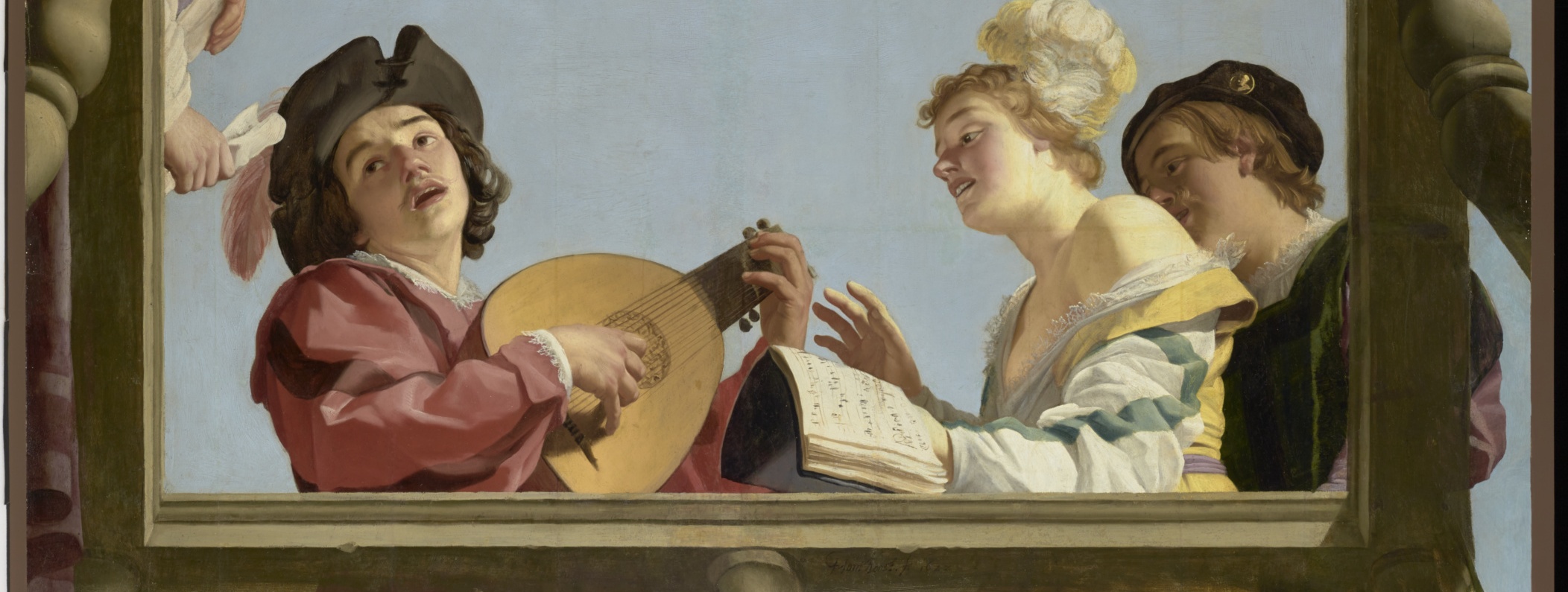
This is the third of three articles about the medieval harp. Having outlined harp history from the earliest evidence in Egypt to the end of the medieval period in the first article, and used medieval art and written witnesses to illustrate harp symbolism in the second, this final piece lays out the evidence for questions of harp performance.
The basis of this article is a description by the author Thomas of the playing of a harper-hero named Horn, written c. 1170, combined with other sources to built up a picture of medieval harp practice. This includes: harp tuning as a performance; the training of musicians; the various ways in which medieval harps were tuned and the musical reasons for these tunings; harp repertoire; preludes and postludes; and medieval methods of polyphonic accompaniment.
Each of these three articles begins with a performance on medieval harp of a different French estampie from c. 1300, arranged to the historically attested performance principles set out in this article. This article begins with La quinte estampie Real – The fifth Royal estampie.


